【Learning Points】
- Restlessness, dizziness, poor vision, needing to go to the toilet frequently or using fall-prone drugs may cause falls.
- Assess whether you are in a high-risk group for falls, such as being agitated, having poor vision, needing to go to the toilet frequently, dizziness, or using fall-prone drugs, etc. If one of the above options is met, you are a high-risk group for falling.
- Take protective measures to prevent falls. For example, do not leave the patient alone near the bed. When getting out of bed, you should wear non-slip shoes and clothes of appropriate size, fix the bed wheels, and lower the bed to the lowest height.
I. Co-care intervention of preventing fall
- Make sure the bed wheel is locked, and keep the height of bed in lowest.
- Providing the extension line of red button and put it in the range of patient can reach easily.
- Materials in common use set within its range of vision and could take easily.
- DO NOT leave patient alone while patient is sitting on the bedside. Choose the armchair to sit.
- Use the bath chair in taking shower.
- Put on or take off the clothes in sitting position. DO NOT stand on one leg.
- Please inform nurses about wetting floor any time.
- Put on fitted cleats when patient get out of bed and moving.
- Keep the length of pants above ankles.
- After surgery, chemo-therapy or any examinations, do not get out of bed if you feel dizziness or weakness.
II. The strengthening of the prevention measures
- Fell before or admission for falling
- To understand the cause of falling and carry out the prevention measures by patient condition.
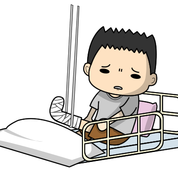
- To understand the cause of falling and carry out the prevention measures by patient condition.
- Irritation
- Caregivers should call out nurses by using red button, and keep watching the patient.
- Caregivers should stay with patient all the time as possible as you can, please inform the nurses and keep patient in safe condition, if you have to leave for a while.
- Considering about the patient safety, healthcare team will discuss with you for patient too irritation to obey medication treatment, then give the appropriate protective restrain.
- Pull up the bed rails and make sure it is locked when patient stayed in bed.

- Poor visibility to affect daily life
- Wear appropriate glasses by patient need and put it beside could take easily.
- Keep hallway of the ward well-lit.
- DO NOT pile up the personal belonging and keep aisle clear to avoid falling.
- Make sure table and chair secured.
- Educate patient to use red button for assistance, do not get out of bed alone.
- Caregivers should sleep near the bedside, it’s easy for patient to call help.
- Pull up the bed rails and make sure it is locked when patient stayed in bed.
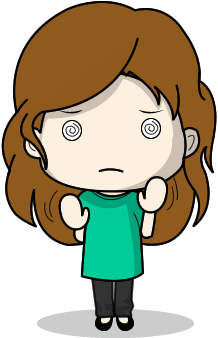
- Go to toilet very often (frequent urination or diahrrea)
- Select suitable way to toilet.(Urinal、bedpan、Commode Chairs)
- Caregiver should accompany with patient during the toilet all the time or use red button for help, if patient feel weakness.
- Cut down water or liquid food after dinner.
- Go to bathroom before sleeping, reducing toilet times at midnight.
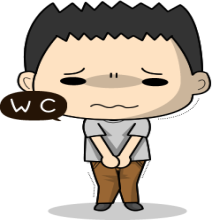
- Ask for assistance to displacement and activity by yourself
- Caregiver should stay with patient all the times, please inform the nurses and keep patient in safe condition, if you have to leave for a while.
- Increasing muscle strength and activity skills with rehabilitation exercise.
- Caregivers should be proficient in displacement skills. (Such as from the bed to the wheelchair etc.), request assistance from nurses if necessary.
- Use of appropriate assistive devices when you out of bed (canes, walkers, wheelchairs).
- Use of handrails or bed rails to support the body when change positions.
- Put on fitted cleats in getting out of bed.
- Educate patient to use red button for assistance, do not get out of bed alone.
- Pull up the bed rails and make sure it is locked when patient stayed in bed.
- Caregivers should sleep near the bedside, it’s easy for patient to call help.
- Select the appropriate way to toilet.(Urinal, Bedpan, Commode chairs)
- Cut down water or liquid food after dinner.
- Go to bathroom before sleeping, reducing toilet times at midnight.
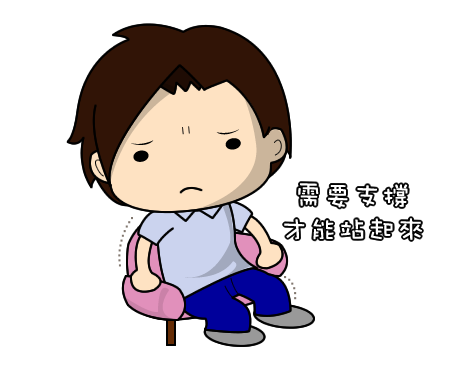
- Dizzness
- Rest in bed if necessary and avoid getting out of bed.
- Pull up the bed rails and make sure it locked when patient stayed in bed.
- Educate patient to use red button for assistance, do not get out of bed alone.
- When get out of bed or change positions should be performed progressively: change the lying position to a sitting position should slowly sit up first and then sit on the bed edge for 1-3 minutes ,if no symptoms of dizziness, and then stand up for 1-3 minutes, and can start walking if no symptoms of dizziness.
- When patient have dizziness by walking, should leaning against the wall slowly sit down, and request assistance.
- Select the appropriate way to toilet.(Urinal, Bedpan, Commode chairs)
- Cut down water or liquid food after dinner.
- Go to bathroom before sleeping, reducing toilet times at midnight.
- Caregiver should stay with patient all the times, please inform the nurses and keep patient in safe condition, if you have to leave for a while.
- Caregivers should sleep near the bedside, it’s easy for patient to call help.
- taking the medicine that might let you fall(such as: sedative Hypnotics, opioid, antipsychotics, Anti-depressant, etc.)
- Must be pay attention to the situation after taking medicine, reducing get out of bed and pay attention to safety.
- If feel weakness,the caregiver must assist the patient to get off the bed for some activities or go to the toilet at all time,or use of call bell for help.
- Go to the toilet before bedtime, to reduce the chance of going to the toilet at midnight.
- Cut down water or liquid food after dinner.
- Select the appropriate way to toilet.(Urinal, Bedpan, Commode chairs)
- Caregivers should sleep near the bedside, it’s easy for patient to call help.
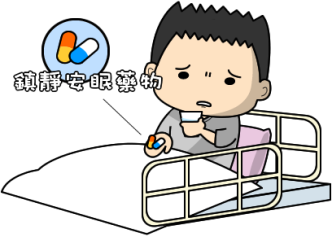
※High-risk fall groups: As long as one of them is, the more items, the greater risk of falling.
※Please add fall prevention icon in the wrist tag ;Placing "fall prevention" sign at the bedside.
;Placing "fall prevention" sign at the bedside.
 ;Placing "fall prevention" sign at the bedside.
;Placing "fall prevention" sign at the bedside.簡易測驗
Let us take the quiz to make sure that you understand.
評語
統計結果不開放
請登入後才可以評分
未登入或權限不足!
- 位置
-
- 資料夾名稱
- English
- 上傳者
- 張祐維
- 單位
- 中榮護理衛教
- 英文名稱
- Fall Prevention
- 分類
- 安全
- 科別
- 英語
- 癌症照護
- 否
- 建立
- 2024-02-24 00:50:59
- 制訂日期
- 2018-05-21
- 最近修訂
- 2024-03-19 11:52:00